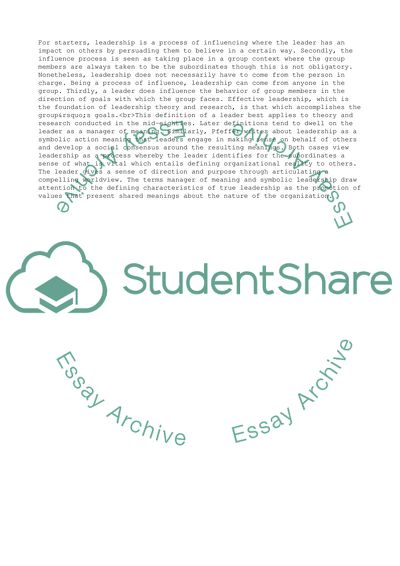Cite this document
(“Leadership Styles in my Organization Assignment”, n.d.)
Leadership Styles in my Organization Assignment. Retrieved from https://studentshare.org/management/1800332-leadership-style-in-my-orginazation
Leadership Styles in my Organization Assignment. Retrieved from https://studentshare.org/management/1800332-leadership-style-in-my-orginazation
(Leadership Styles in My Organization Assignment)
Leadership Styles in My Organization Assignment. https://studentshare.org/management/1800332-leadership-style-in-my-orginazation.
Leadership Styles in My Organization Assignment. https://studentshare.org/management/1800332-leadership-style-in-my-orginazation.
“Leadership Styles in My Organization Assignment”, n.d. https://studentshare.org/management/1800332-leadership-style-in-my-orginazation.


